
GUEST BLOGGER HEATHER FERRANTI KINSER
A special Sunday edition of the popular LitLinks blog series
Small matters
We live in a world where the squeaky wheel gets the oil. Those that are larger, louder, and flashier tend to get the most attention. But “small” matters, too (and so does quiet, and so do people and things that aren’t vying for the spotlight). Reading SMALL MATTERS is a great way to link science discovery with lessons about valuing the small among us and knowing—no matter our size or level of “flash”—we have the power to make a positive difference.
Begin this lesson by reading SMALL MATTERS: THE HIDDEN POWER OF THE UNSEEN (Millbrook Press)—a picture book about the value of super-small animal adaptations as observed through scanning electron microscopes.
Next, explore the theme “small matters”—through one or more of the following activities.
#1: Zoom-in on something small
Using either a magnifying glass or a mobile-phone camera fully zoomed in, ask students to look for a common item that has an interesting small detail (e.g., the tread of a shoe, the weave of a fabric, or the metal ring below a pencil eraser). Instruct them to zoom in on that small detail and observe it.
Alternately, prior to the lesson the instructor could take close-up photos of small details, present the photos to the students, and have the student either guess what each image is or hunt around the classroom looking for that item.
Next, have the students create two drawings: one of the entire object, and one of the small detail.
Now ask students to write about the purpose of the entire object, and to take their best guess about the purpose of the small detail (e.g., the tread of a shoe stops the shoe from slipping, so the wearer won’t fall).
End with a discussion about whether or not small things “matter.”
#2: My small matters matter
Small features can help animals survive and thrive. Ask students—What about humans? Do we have small features, too? Encourage students to think about some of their own small features and what purpose(s) they might serve. They can choose from this list or add their own suggestions:
- fingernails
- toenails
- teeth
- taste buds
- eyelashes
- eyebrows
Ask students to write about what they think these small features do to help them thrive and survive. End with a share and discussion.
Note: Fingernails help us pick up small things. Toenails protect us from injury. Teeth allow us to break-down food and swallow it. Taste buds allow us to identify different foods. Eyelashes shield eyes from dust. Eyebrows shield eyes from sweat and also convey emotions.
#3: Small Matters Action Plan
Ask students to think of several small but thoughtful things they could do within their family or community. Instruct them to write down their ideas in a Small Matters Action Plan.
Encourage students to spend the next day trying to do one or more of the actions on their plan. After they take action, can they observe what happens next?
Later, ask students to write about their experience. Open a discussion. Did anything good come from their actions? Could they see any positive effects on their community? (Remind them it’s okay if they didn’t. They can try again another day.)
Now ask them to imagine many people working together to do small but helpful things for their communities. What kinds of good could come of it? Point out that one single small action doesn’t always make a big difference. But many small actions taken together can often create a big change. (Two examples of this are voting and recycling.)
See? Small matters!
Encourage students to remember that although large, loud, and flashy things grab our attention, they aren’t necessarily more important than small, quiet, and calm things. “Small” MATTERS!
Heather Ferranti Kinser writes at the intersection of story, poetry, and nature from her home on the San Francisco Peninsula. She’s a former technical editor who now spends her days writing small stories—to make a big difference for kids! She also enjoys listening to podcasts, making pesto for her family, and watching her golden mystery snail eat algae off the aquarium wall. SMALL MATTERS, which started as a 50-word poem, is her first book. Keep in touch at HeatherKinser.com or @hethfeth, and stay informed about Millbrook Press and their parent company by following @LernerBooks. SMALL MATTERS is available at the Lerner bookshop (https://lernerbooks.com/shop/show/19542) and through all major distributors.


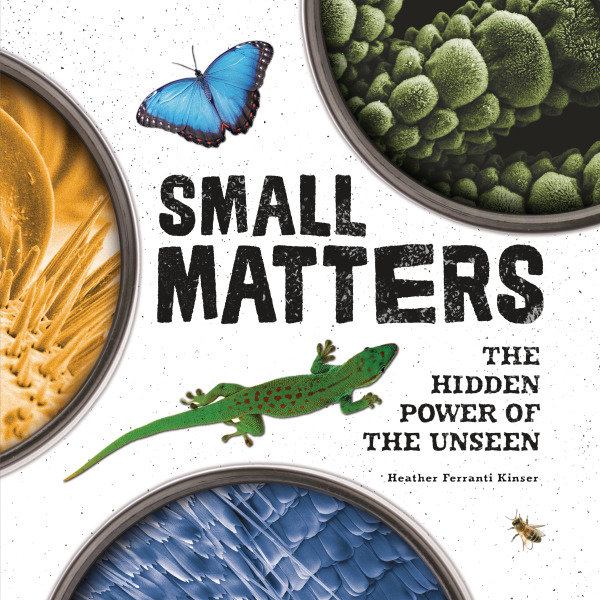
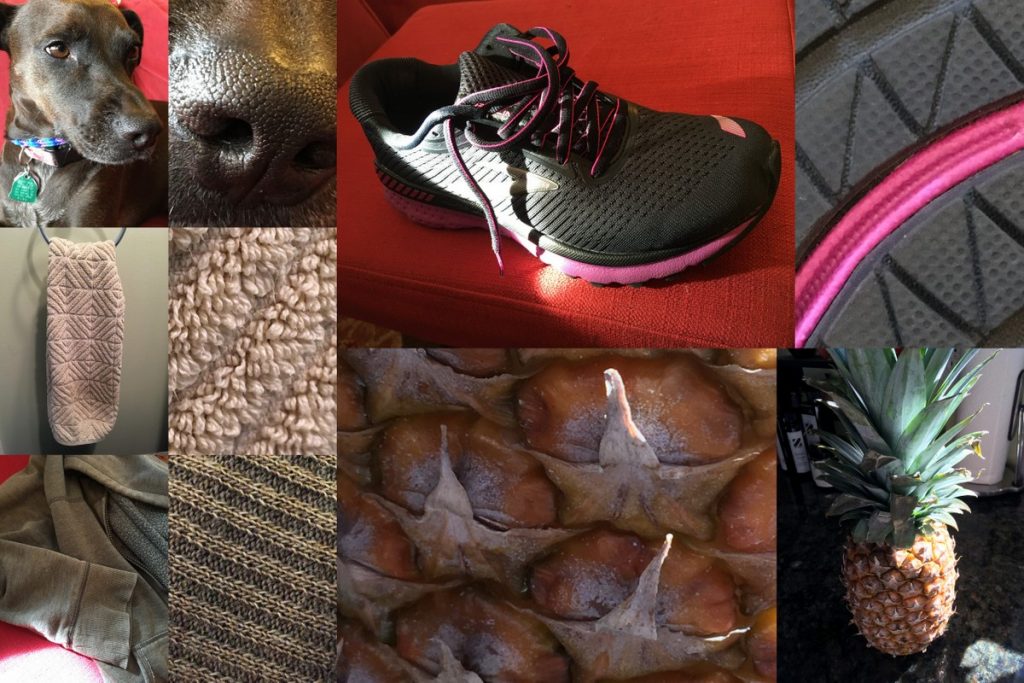
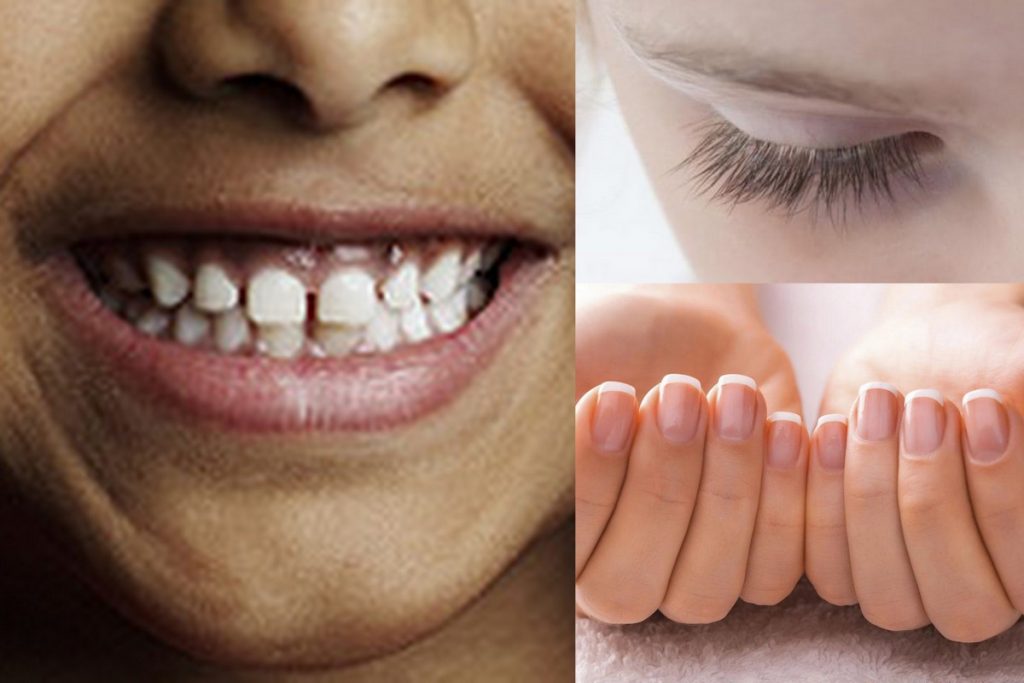
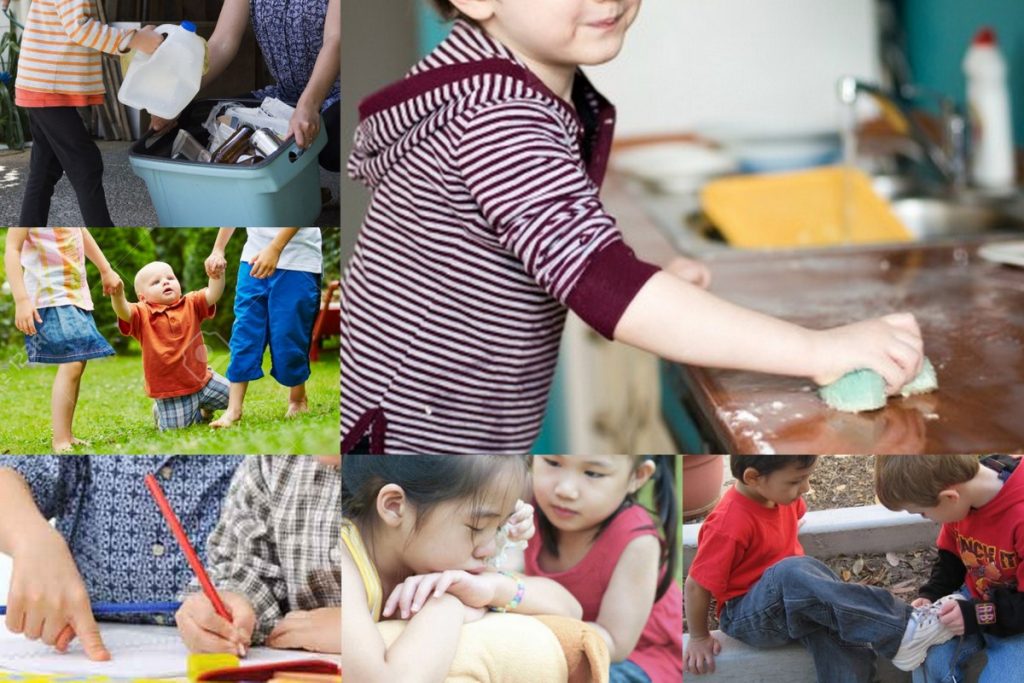
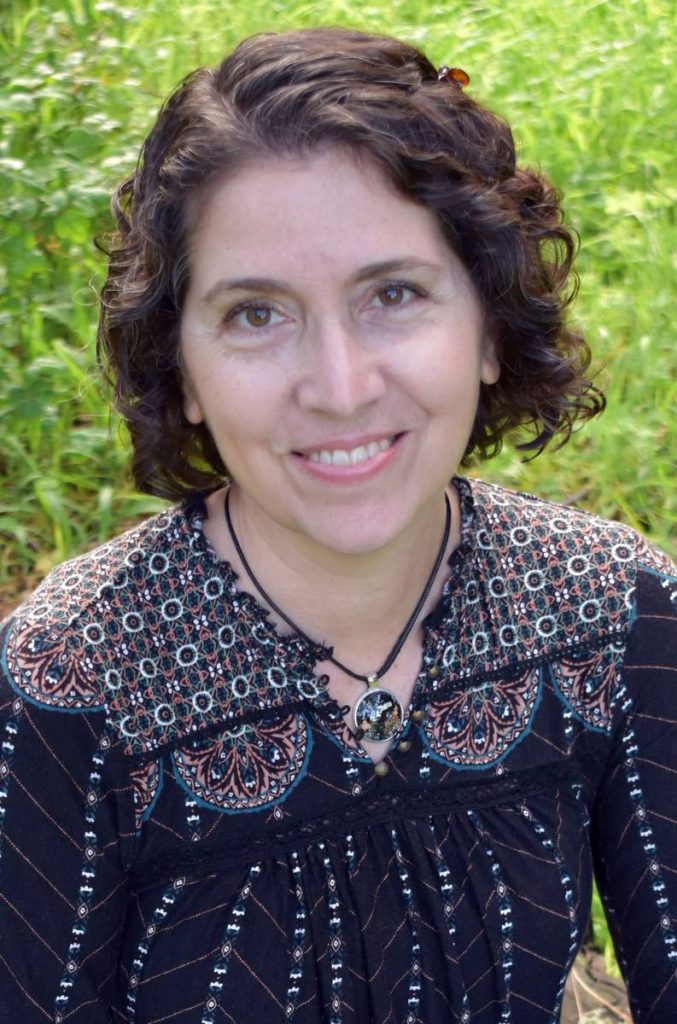

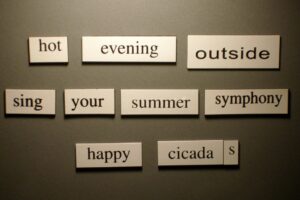
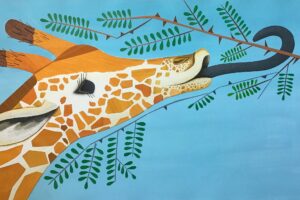

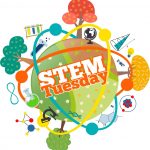
Leave a Reply
Your email is safe with me.